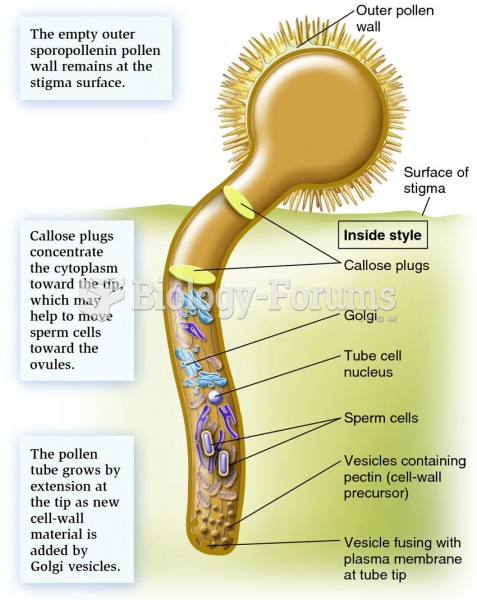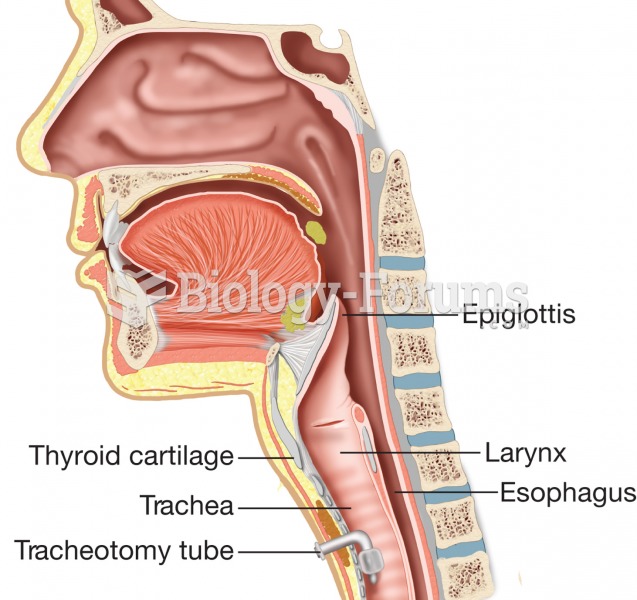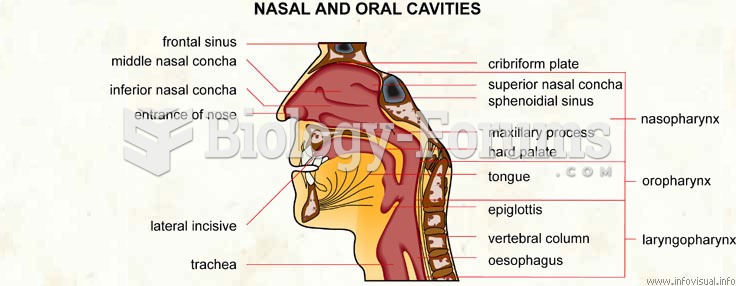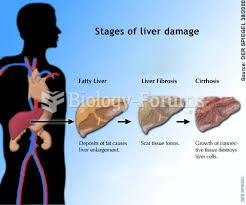Answer to Question 1
Correct Answer: 2
Rationale 1: Securing a nasal feeding tube in the center position of the nare minimizes friction and decreases damage to the nasal mucosa.
Rationale 2: Extended use of large-bore nasal feeding tubes is associated with damage to the nasal mucosa.
Rationale 3: Flushing the feeding tube before and after medication administration prevents clogging of the tube. It is not associated with damage to the nasal mucosa.
Rationale 4: Alternating nares for feeding tube placement reduces damage to the nasal mucosa.
Global Rationale: Extended use of large-bore nasal feeding tubes is associated with damage to the nasal mucosa. Securing a nasal feeding tube in the center position of the nare minimizes friction and decreases damage to the nasal mucosa. Flushing the feeding tube before and after medication administration prevents clogging of the tube. It is not associated with damage to the nasal mucosa. Alternating nares for feeding tube placement reduces damage to the nasal mucosa.
Answer to Question 2
Correct Answer: 4,5
Rationale 1: Precision HN is an elemental (monomeric) formula and would be appropriate for a client with malabsorption disorder.
Rationale 2: Criticare HN is an elemental (monomeric) formula and would be appropriate for a client with malabsorption disorder.
Rationale 3: Vivonex T.E.N. is an elemental (monomeric) formula and would be appropriate for a client with malabsorption disorder.
Rationale 4: Peptamen is an oligomeric formula and would be appropriate for a client with chronic pancreatitis.
Rationale 5: Vital HN is an oligomeric formula and would be appropriate for a client with chronic pancreatitis.
Global Rationale: Peptamen and Vital HN are oligomeric formulas and would be appropriate for a client with chronic pancreatitis because they cause little stimulation of digestive secretions. The remaining choices are monomeric formulas used for those with malabsorption disorders.







